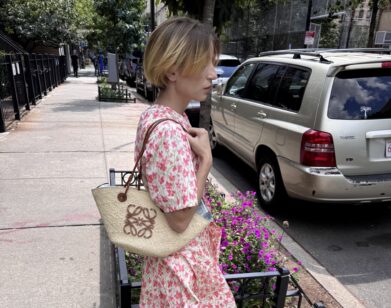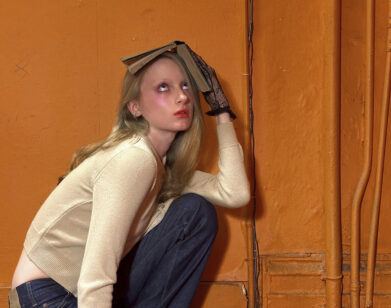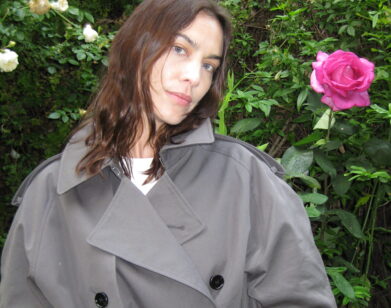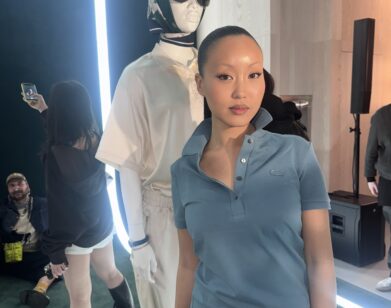Dripping, and Tripping, in the Footwear Trend of 2019: Geisha Sandals
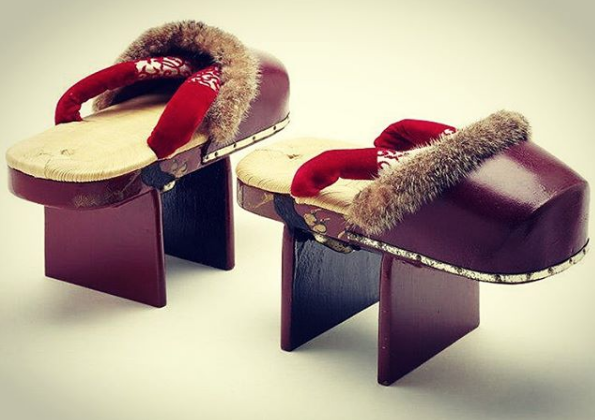
Photo courtesy @stiefelwerk.nyc.
Before Alexander McQueen’s Armadillo shoes, Gucci flip flops, or even the infamous Yeezy season 7 slides, there was the Geta — a form of traditional Japanese footwear, commonly associated with Geishas. From the innovations of Salvatore Ferragamo and Alexander McQueen through the cultural feeding tube to Kanye West with his viral slide, the Geta — with its singular shape, structure, and appearance — has been inspiring designers for years. Spring 2019 collections have sent Geta-like sandals in all kinds of variations down the runway. Lucie and Luke Meier at Jil Sander, opted for a towering wedge with leather straps. For Paco Rabanne, Julien Dossena went for the traditional Japanese silhouette, and Paul Andrew mixed old and new with his colorful wedges at Salvatore Ferragamo. The Brooklyn-based shoe historian and designer Anne Marika Verploegh Chassé told Interview, “Designers are really starting to think about the total look, and seeing shoes as an expression of self.”
The Geta, like most shoes, was originally designed for functionality; in the late 7th century, rice farmers would wear the platform sandals in water-soaked fields to elevate their feet. According to Verploegh Chassé, the sandal made its way onto the feet of priests and emperors to protect the purity of temples and sacred grounds. Eventually, much like cerulean blue, the ceremonial item trickled down to the masses, becoming commonplace in Japanese households. And although this type of sandal is mostly associated with Japanese culture, its roots can be traced across Europe as well. The Chopine, a Renaissance-era platform shoe, began to proliferate in the 15th through 17th centuries. Thanks to the Industrial Revolution and Western influence in the East, the Geta quickly became an artifact reserved for tradition and ceremony.
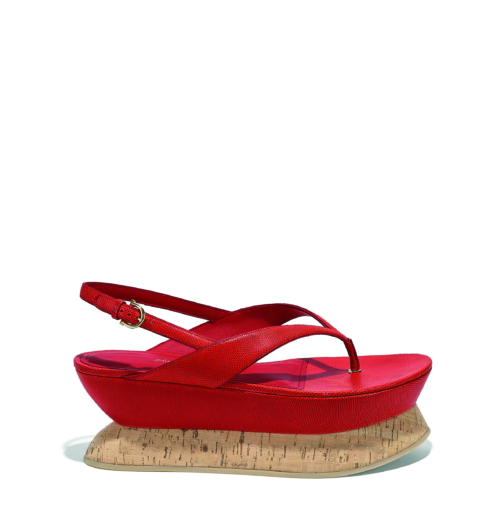
“These are more like a Zori, the sandals that are traditionally worn with the white Tabi socks.” Photo courtesy Ferragamo.com
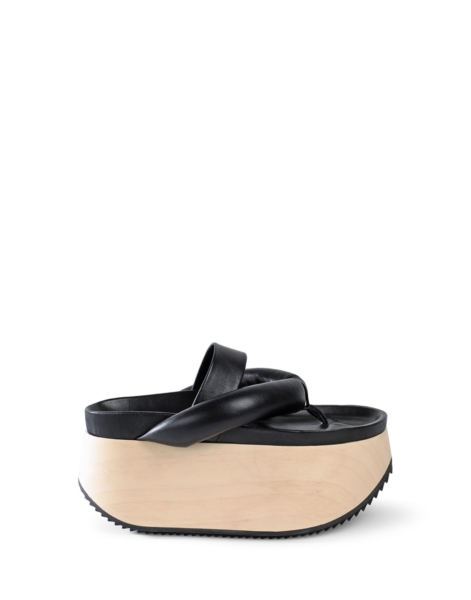
“I think it’s more the Geta, but it’s very similar in shape to the Okoba, worn by the geisha-in-training.” Photo courtesy of Jil Sander.
“A geisha would wear these really, really tall Geta that are lacquered. They almost have teeth, and they’re really high — like a foot or so, and they’re very heavy,” said Verploegh Chassé. A bit like the chunky Balenciaga sneakers worn by wobbling hype-beasts in New York City, the simple act of wearing a Geta was a status symbol. You knew how to walk in them. “It’s a whole science on how they’re really supposed to be fitted, so you wear them the way that they should be worn,” said Verploegh Chassé. “You actually kind of slide the foot forward. Instead of rolling over the heel, the heel is supposed to hang over the back, just a little bit. Then, you will push your weight forward instead of sitting on the heel, and that will make it easier to walk.” (Which begs the question: Was Kanye wearing his too-small pool slides in accordance with ancient Japanese style?) Regardless, the higher the shoe, the higher your perch on the social ladder. Or as they should say: the higher the heel (and the uglier the sneaker) the more likes on the ‘gram. “The Geta elevates the body in a very different way,” said Verploegh Chassé. “I think that’s very appealing to designers.”

